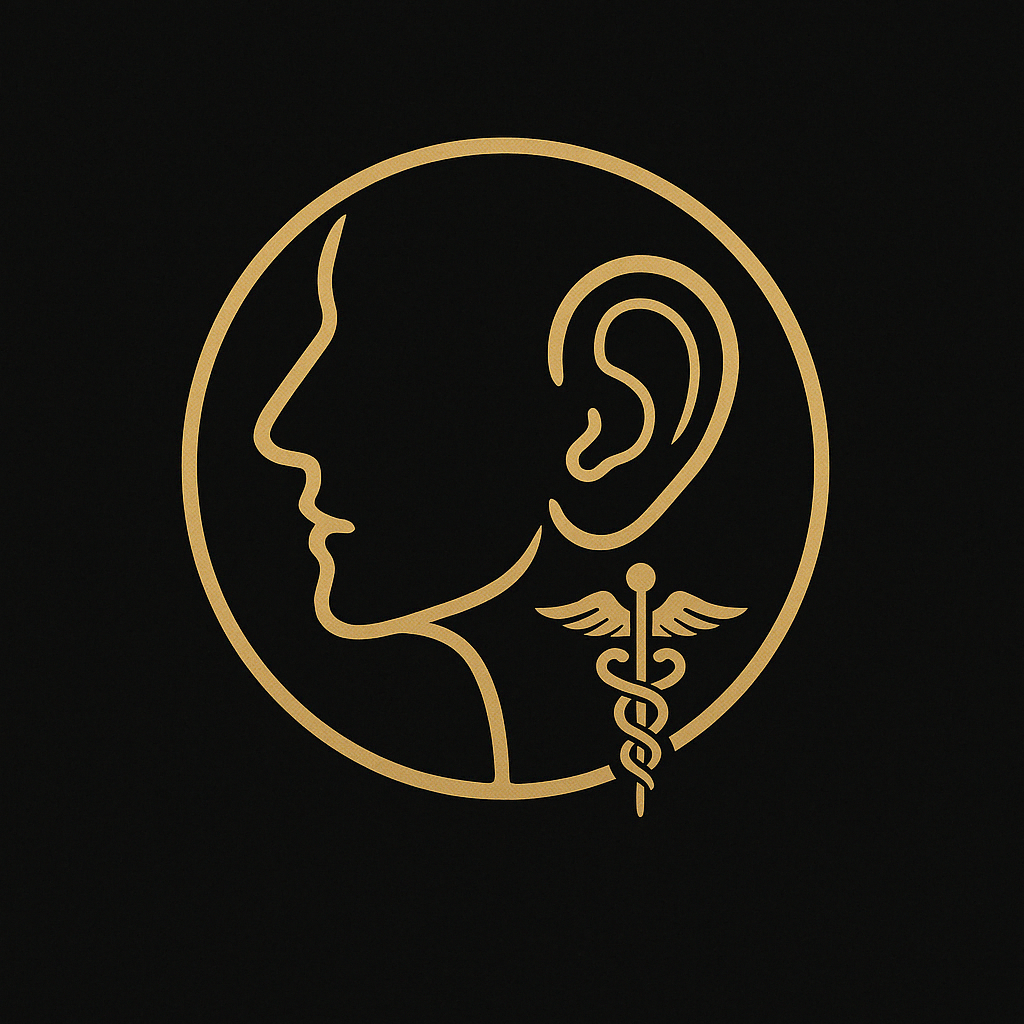
Thyroidectomy Surgery
A thyroidectomy is a surgical procedure in which all or part of the thyroid gland is removed, depending on the patient’s medical condition. The thyroid gland is located in the front of the neck and plays a vital role in regulating metabolism, heart function, the nervous system, and more. The procedure is performed by a head and neck surgery specialist with meticulous care to preserve nearby nerves and blood vessels.
What Is the Purpose of the Surgery?
Tumor Removal: To remove benign or malignant thyroid tumors that cause symptoms or uncontrolled growth.
Treatment of Hyperthyroidism: Performed when other treatments such as medications or radioactive iodine are ineffective.
Relief from Goiter (Thyroid Enlargement): When an enlarged gland puts pressure on the trachea or esophagus, causing difficulty breathing or swallowing.
Management of Chronic Inflammation: In cases of thyroiditis that do not improve with conservative treatment and significantly affect quality of life.
Advantages of the Surgery
Prevention of Medical Complications: Effective treatment for abnormal growths or tumors that may impact breathing or digestion.
Improved Quality of Life: Reduces symptoms like pain, swelling, a choking sensation, and heart palpitations.
Long-Term Hormonal Balance: Offers a permanent solution for hyperthyroidism that is unresponsive to medication.
Peace of Mind: A safe, thorough treatment that prevents potential deterioration.
Who Is the Surgery Suitable For?
Patients with benign or malignant thyroid tumors.
Individuals with hyperthyroidism not responding to drug therapy.
Patients with large goiters causing pressure in the neck.
Those with chronic thyroid inflammation negatively impacting gland function and overall well-being.
Surgical Procedure
The surgery is typically performed under general anesthesia and includes the following steps:
Neck Incision: A small incision is made in the front of the neck near the thyroid.
Exposure of the Gland and Adjacent Structures: The thyroid gland is accessed carefully while preserving the vocal cord nerves and the parathyroid glands.
Removal of the Gland or Part of It: One lobe, both lobes, or the entire gland may be removed depending on the diagnosis.
Closure: The incision is closed with cosmetic suturing to minimize scarring.
Recovery and Outcomes
Initial Recovery: Usually lasts a few days, with most patients staying one night in the hospital.
Hormonal Monitoring: Thyroid hormone replacement therapy (e.g., Euthyrox) may be required in cases of total thyroid removal.
Ongoing Monitoring: Includes regular blood tests and oncology follow-ups if necessary.
Return to Routine: Most patients resume normal activity within two weeks, depending on the extent of the surgery and overall health.
Looking for professional care in ear, nose, and throat
Dr. Tamar Tovi Porat provides surgical treatments and professional consultations with a warm and patient-centered approach – for both children and adults.
© 2025 Dr. Tamar Tobi Porat – All Rights Reserved
ד"ר תמר טובי פורת is proudly powered by WordPress
